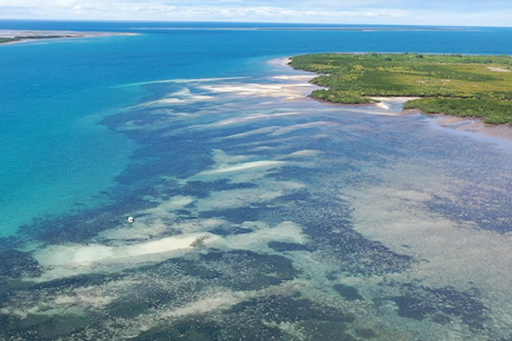EACOP is committed to meeting the requirements of the International Finance Corporation’s (IFC) Performance Standard 6 (PS6) on Biodiversity Conservation and Sustainable Management of Living Natural Resources. This requirement is met through conducting a critical habitat assessment (CHA).
IFC PS6 stipulates application of the mitigation hierarchy; avoid, minimize, restore, offset. If significant residual impacts on biodiversity remain after all feasible avoidance and minimization actions have been taken, offsets must be implemented to deliver Net Gain (NG) for biodiversity where Critical Habitat is impacted or No Net Loss (NNL) where Natural Habitat has been impacted.
The CHA identifies the significant residual impacts and provides the foundation for Biodiversity Action Plans (BAPs – terrestrial for Uganda and Tanzania and for the marine environment) that set out the actions to achieve the PS6 required outcomes.
Based on the BAPs EACOP will develop Biodiversity Offsetting Plans (BOPs) that outline both the strategy and delivery mechanisms for the in the BAPs proposed strategy to achieve NNL and NG through the implementation of offsetting programs. EACOP is presently developing the BOPs but a number of initiatives that will contribute toward offsetting have already been started:
In addition to complying with national regulatory requirements EACOP is adhering to international Environmental and Social requirements, specifically the Equator Principles and the IFC Performance Standards. These constitute a global management framework to identify, assess and manage environmental and social risks in Projects. The Equator Principles are aligned with the IFC Performance Standards and require compliance with those standards by Projects.
The purpose of the ESIA is to assess and predict potential adverse social and environmental impacts and to develop suitable mitigation measures, which are then documented in an Environmental and Social Management Plan (ESMP). The ESIA is the process that defines and evaluates the potential social and environmental impacts of a given project and their mitigation measures and includes environmental and social baseline studies.
From site selection EACOP worked with environmental and social experts on the ESIA in compliance with national regulatory requirements and international best practice including the International Finance Corporation’s (IFC) Performance standards (PS). The ESIA process progressed interactively with project planning and design. During the ESIA process impacts that could be avoided during the design phase were identified iteratively through interaction with engineering. The identification for additional avoidance opportunities will continue through the construction phase.
Engagement with National, district and local stakeholders (including non-governmental organizations) was undertaken throughout the ESIA process and results were used to assess impacts and the identification of mitigation measures. Engagement continues as the project moves forward for monitoring purposes and to capture new developments in the social landscape.
We continue to conduct additional studies to further refine and deepen our understanding of the diverse environmental and social elements along the pipeline route. This includes a critical habitat assessment





© 2025 East African Crude Pipeline – All Rights Reserved
Course View Towers,
Plot 21, Yusuf Lule Road
P. O. Box 135596,
Kampala, Uganda
Tel: +256 (0) 204 916 000,
Toll Free: 0800 216 000
Email: [email protected]
18th Floor, 10 Upper Bank Street, London, United Kingdom E14 5BF
Msasani Penninsula,
Plot no. 1403
Bains Avenue off Chole Road.
P. O. Box 23139,
Dar es Salaam, Tanzania
Email: [email protected]